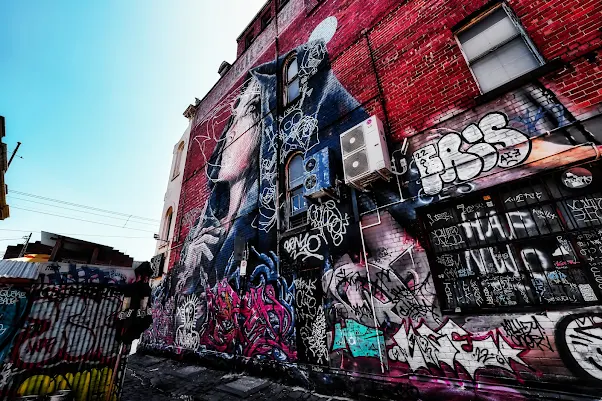It has been several years since my last visit to South Bank. I was pleased to discover a newly erected Ferris wheel, accompanied by a series of luminous installations that greatly appeal to photography enthusiasts. Of particular note is the splendid illumination of the surrounding architecture, which lends the precinct an enchanting ambiance after dusk and offers ample opportunity for artistic expression.
South Bank, situated along the southern banks of the Yarra River in Melbourne, is one of the city’s most vibrant cultural and recreational precincts. Once an industrial area, it has undergone a remarkable transformation into a bustling hub of art, dining, and entertainment. The promenade is lined with world-class restaurants, lively cafés, and luxury hotels, drawing both locals and visitors who seek to experience Melbourne’s cosmopolitan charm. Notably, the Arts Centre Melbourne and the National Gallery of Victoria, both iconic institutions, contribute to the area’s reputation as a cultural heart of the city.
In recent years, South Bank has seen the addition of new attractions, further enhancing its appeal. A striking Ferris wheel now graces the skyline, offering panoramic views of Melbourne and the Yarra River. At night, the precinct comes alive with a symphony of light—installations and architectural lighting casting a glow upon the buildings and walkways, creating a picturesque setting ideal for evening strolls and photographic pursuits. The thoughtful illumination of structures such as the Eureka Tower and surrounding facades adds an elegant brilliance to the cityscape, reflecting beautifully on the river’s surface.
South Bank is more than a destination; it is an experience that seamlessly blends the arts, leisure, and modern urban design. Its well-maintained promenades, proximity to the Central Business District, and integration of natural and man-made beauty make it a cornerstone of Melbourne’s identity. Whether one visits to enjoy a theatrical performance, dine by the river, or capture the interplay of light and architecture through a camera lens, South Bank offers a timeless and ever-evolving canvas that embodies the spirit of Melbourne.
Sony A7RV
FE 20-70mm f4 G
Linking Treasure Tuesday

.jpg)

















































